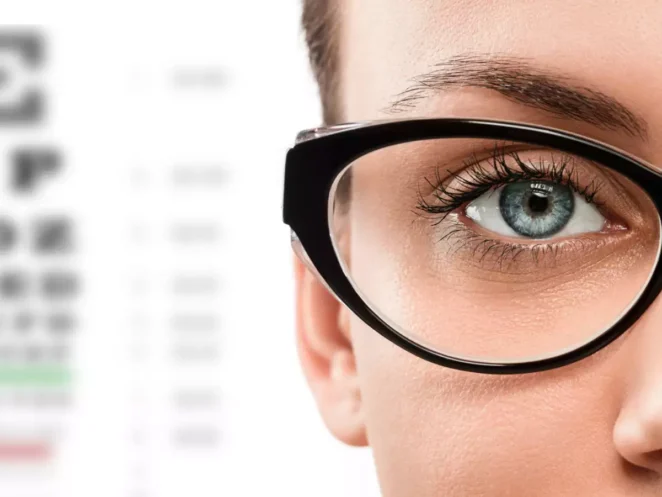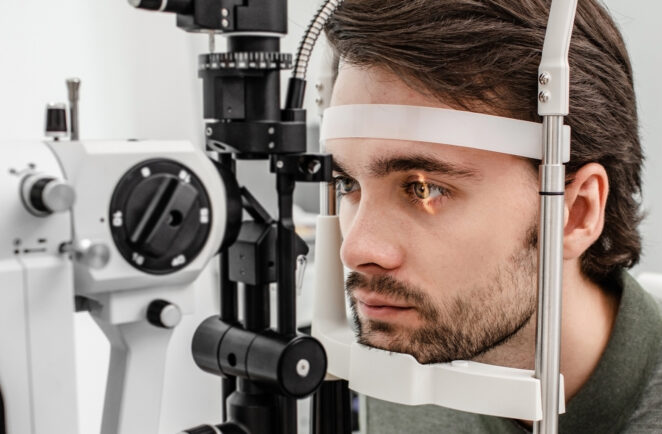Your lifestyle can affect your risk of developing common eye problems. In fact, some studies suggest that up to 80 percent of all cases of preventable blindness are associated with modifiable risk factors. Over 2 million people in the UK live with sight loss, and around 340,000 are registered blind. Age-related macular degeneration (AMD) is the leading cause of blindness in the UK, affecting more than 600,000 people.
Some common problems can be prevented or reduced by making simple changes to your lifestyle, such as eating a healthy diet, exercising regularly, and wearing protective eyewear. While you can’t do anything about your age or genetics, there are things you can do to lower your risk of developing common eye problems. You can read more information at www.contactlenses.co.uk.
Here are some tips on how to prevent common eye problems:
1. Eat a Healthy Diet
Eating a healthy diet is important for overall health and can also help protect your eyes. Foods rich in antioxidants, such as leafy green vegetables, fruits, and fish, may help reduce your risk of developing AMD and other age-related eye diseases. You can add more antioxidants to your diet by supplementing, but it’s always best to get nutrients from food first.
A healthy diet is key when it comes to keeping your blood sugar levels stable. Make sure to include plenty of fruits and vegetables, whole grains, and lean protein in your meals. And be sure to get enough exercise! Exercise releases endorphins, which have been shown to help improve moods and reduce stress levels. It also helps keep your body weight down, which can help control your blood sugar levels.
2. Exercise Regularly

Exercise has numerous health benefits, including reducing your risk of developing diabetes, a leading cause of blindness. Regular exercise can also help reduce your risk of high blood pressure, contributing to common eye problems. Here are some eye exercises to improve your vision:
Palming: Rub your hands together until they feel warm, then cup them over your closed eyes. Relax your whole body and breathe slowly and deeply. Repeat for three to five minutes.
Focusing: Hold your thumb up about 10 inches from your face and focus on it. Slowly bring the thumb closer to your nose, keeping your focus on it. Stop when you can no longer focus clearly. Repeat 10 times.
Tracking: Hold your thumb at arm’s length and move it side to side, up and down, and in circles. Keep your head still and follow it with your gaze—10 times each in the two directions.
Blinking: Blink 10 times rapidly without closing your eyes all the way. Repeat three to five times.
3. Wear Protective Eyewear

Wearing protective eyewear can help reduce your risk of eye injuries, a leading cause of blindness. Wear the proper safety goggles or glasses if you work in an environment with a risk of eye injuries, such as a factory or construction site. People who are exposed to the sun regularly are at a higher risk of developing eye problems such as cataracts and macular degeneration.
4. Quit Smoking
Smoking is a leading cause of preventable blindness. Quitting smoking can help reduce your risk of developing AMD, cataracts, and other age-related eye diseases. If you are thinking of quitting smoking, there are a few things to keep in mind. Quitting smoking is not easy, and it may take several attempts before you succeed. The most important thing is to find a support system, whether that is a Quit smoking group or a friend who will encourage you.
5. Get Regular Eye Exams

Getting regular eye exams is important for detecting common eye problems early on. You may need more frequent eye exams if you have a family history of eye disease. Be sure to talk to your doctor about how often you should get your eyes checked.
It is important to lead a healthy lifestyle to reduce your risk of developing common eye problems. Eating a healthy diet, exercising regularly, and wearing protective eyewear are all essential for keeping your eyes healthy. You can also do some simple eye exercises to improve your vision. If you have a family history of eye disease, be sure to get regular eye exams.
6. Have a comprehensive dilated eye exam
A comprehensive dilated eye exam is the most comprehensive way to evaluate your vision and identify any potential problems. During this exam, your ophthalmologist will use a variety of diagnostic tools, including a slit lamp and a computerized tomography (CT) scan, to look for signs of vision problems.
If you have any concerns about your vision, it’s important to have a comprehensive dilated eye exam. This evaluation can help identify any potential problems and offer you the best possible care.
Some potential causes of dilated eyes include:
-Allergies
-Trauma to the eye
-Disc herniation or bulging of the eyeball
-Cancerous tumors in the eye
7. Leave your phone 1 hour before going to bed

If you’re like most people, you probably rely heavily on your smartphone or tablet devices to manage your day-to-day life. But what about when you go to bed? Too often, we allow our smartphones and tablets to stay plugged into the charger all night long, which can lead to some serious problems down the road.
To help reduce your risk of damage, leave your phone 1 hour before going to bed and limit yourself to using the devices that are essential for sleeping, such as an alarm clock. This way, you’ll get a good night’s sleep without the worry of exposing them to harmful blue light.
Conclusion
As we grow older, our eyes may become more susceptible to a variety of problems. In this article, we’ll discuss some of the most common causes and how you can prevent them from happening to you. By following these tips, you’ll be able to keep them healthy and functioning at their best.




